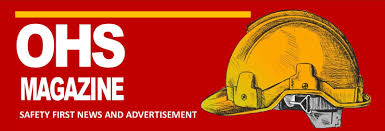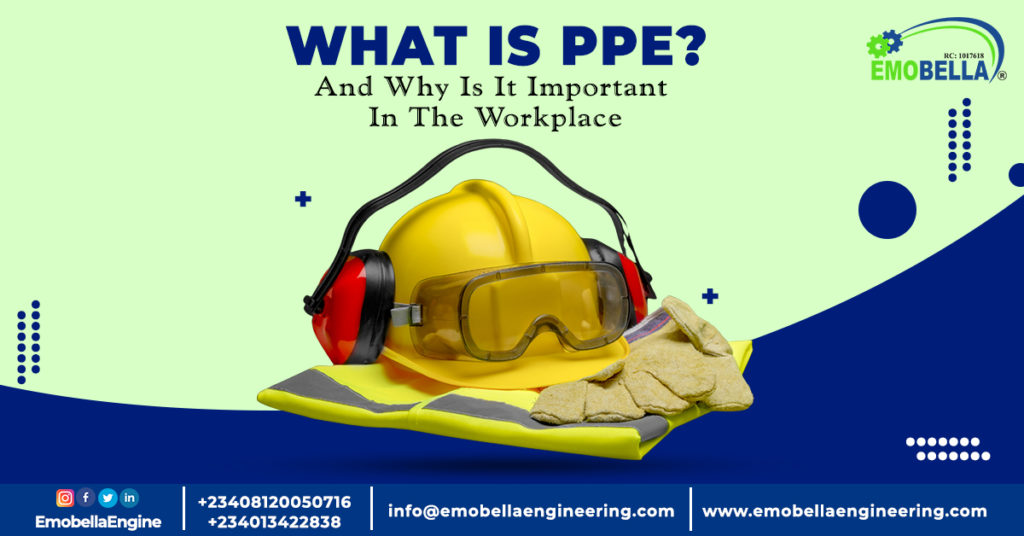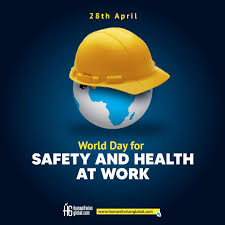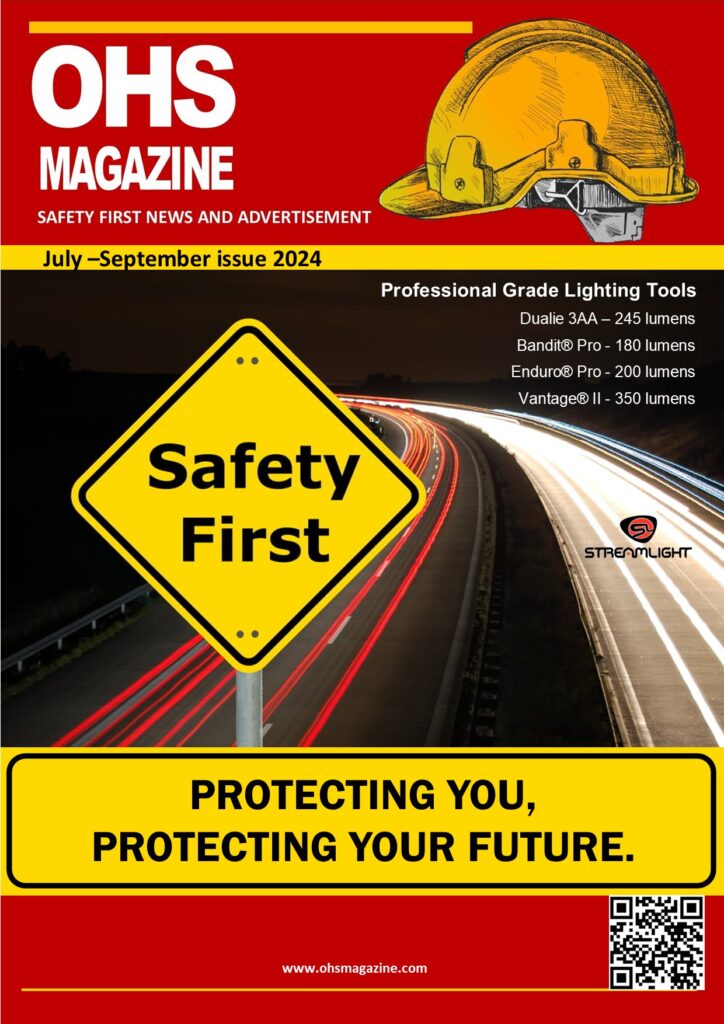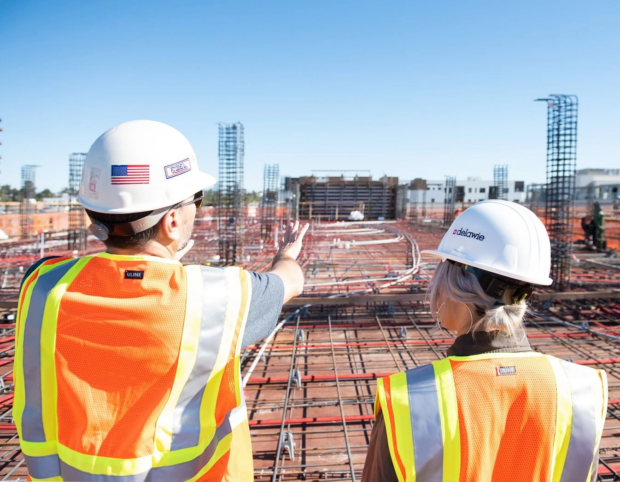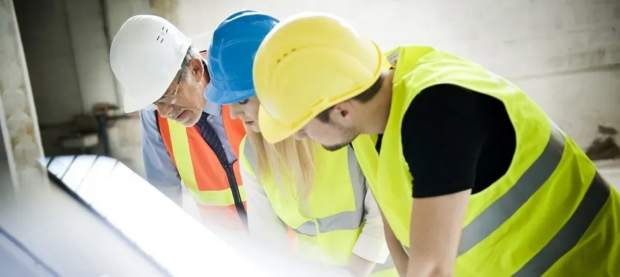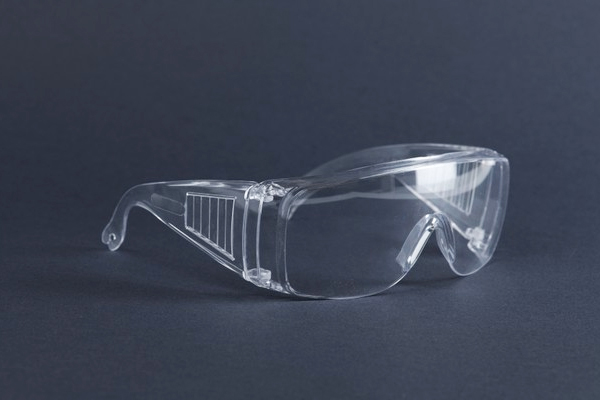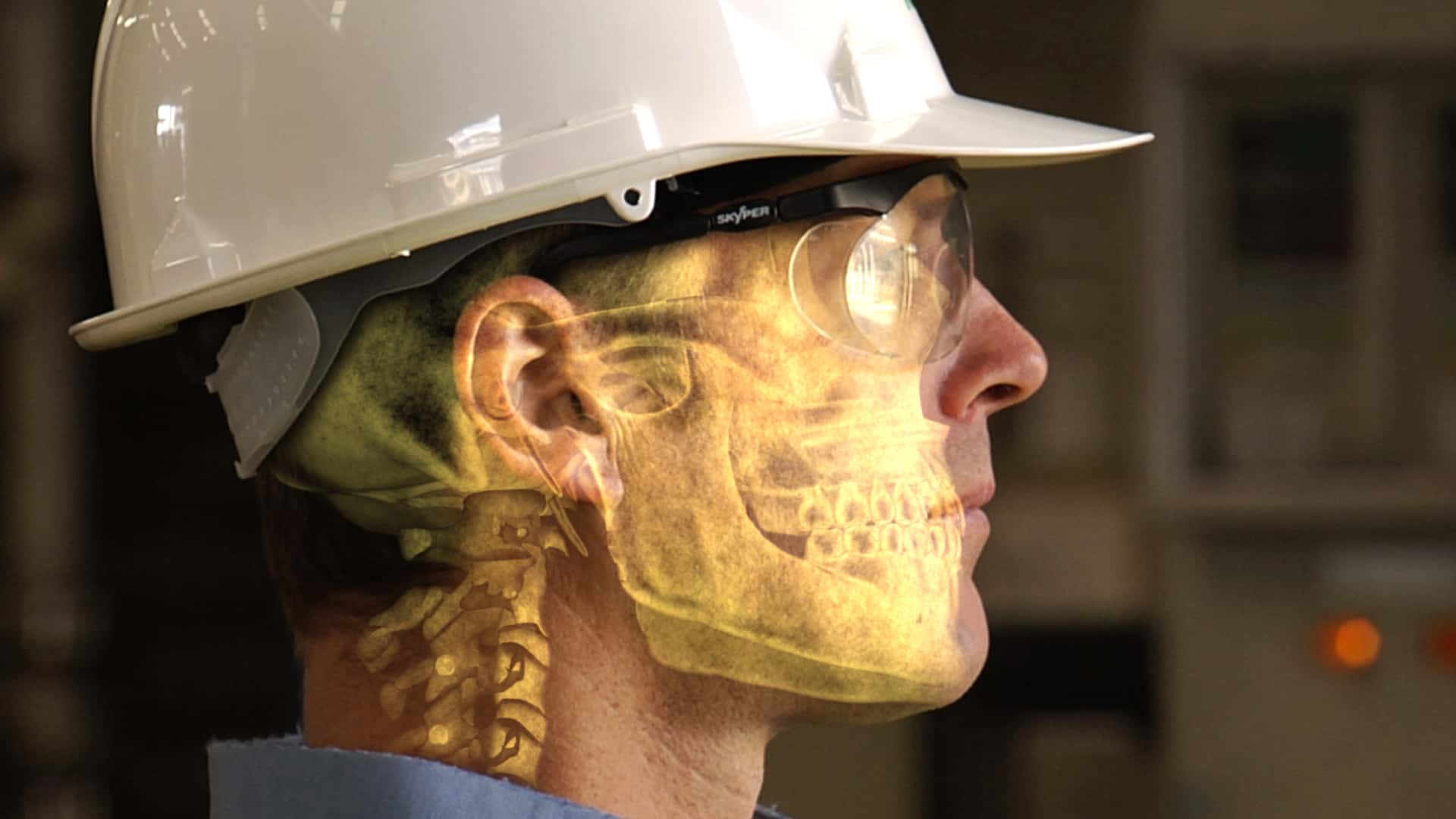By [Your Name]
Gear Up: The Importance of Protective Equipment. In the fast-paced world of work, safety often takes a backseat to productivity. However, neglecting protective equipment can have severe consequences, both for individuals and businesses. This article delves into the significance of wearing appropriate PPE and highlights common misconceptions surrounding its use.
Why PPE Matters
Personal protective equipment (PPE) serves as a crucial barrier between workers and potential hazards. It can protect against a wide range of risks, including:
- Physical hazards: Cuts, bruises, burns, and electrical shocks.
- Chemical hazards: Exposure to toxic substances.
- Biological hazards: Contact with pathogens.
- Environmental hazards: Extreme temperatures, noise, and radiation.
By wearing the right PPE, employees can significantly reduce their risk of injuries and illnesses, leading to a safer and healthier work environment. The Importance of Protective Equipment
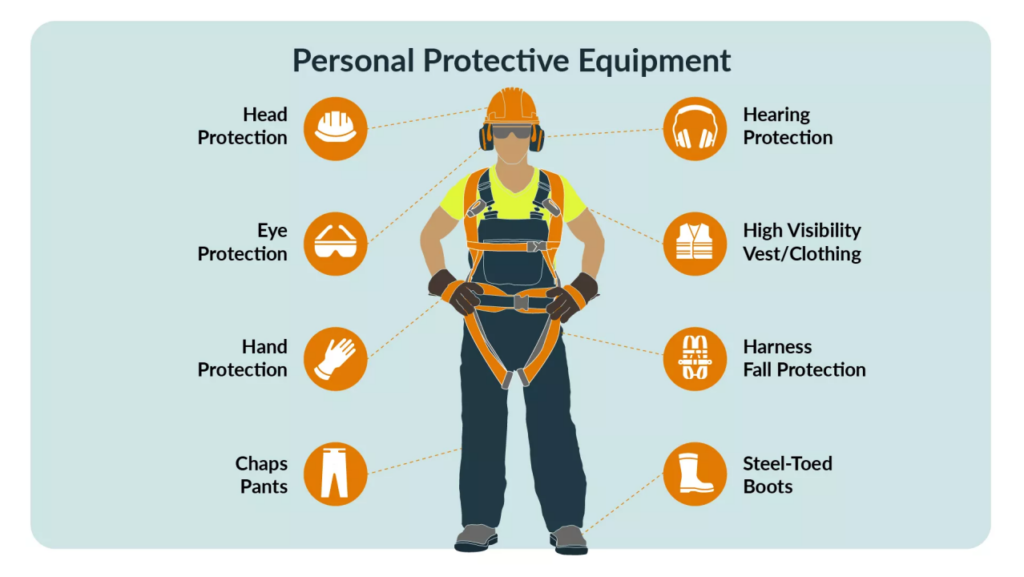
Common Misconceptions
- PPE is a Cure-All: While PPE is essential, it should not be considered a substitute for other safety measures. Engineering controls and administrative procedures are equally important in mitigating hazards.
- PPE is One-Size-Fits-All: The appropriate PPE depends on the specific task and potential risks involved. A one-size-fits-all approach can compromise safety.
- PPE is Optional: In many industries, wearing PPE is a legal requirement. Additionally, responsible employers mandate its use to protect their employees.
Types of PPE
- Head Protection: Helmets, hard hats, and safety caps.
- Eye and Face Protection: Safety glasses, goggles, face shields, and respirators.
- Hearing Protection: Earplugs, earmuffs, and noise-canceling headphones.
- Hand Protection: Gloves (e.g., leather, rubber, nitrile).
- Skin Protection: Protective clothing, aprons, and boots.
- Respiratory Protection: Masks, respirators, and air purifying respirators.
Proper Use and Maintenance
- Training: Employees must receive adequate training on the proper use, selection, and care of PPE.
- Fit: PPE should fit comfortably and securely to provide maximum protection.
- Inspection: Regularly inspect PPE for damage, wear, and tear.
- Maintenance: Follow manufacturer’s instructions for cleaning, storage, and replacement.
By understanding the importance of PPE and following best practices, businesses can create a safer and more productive workplace. Remember, investing in employee safety is an investment in long-term success.
